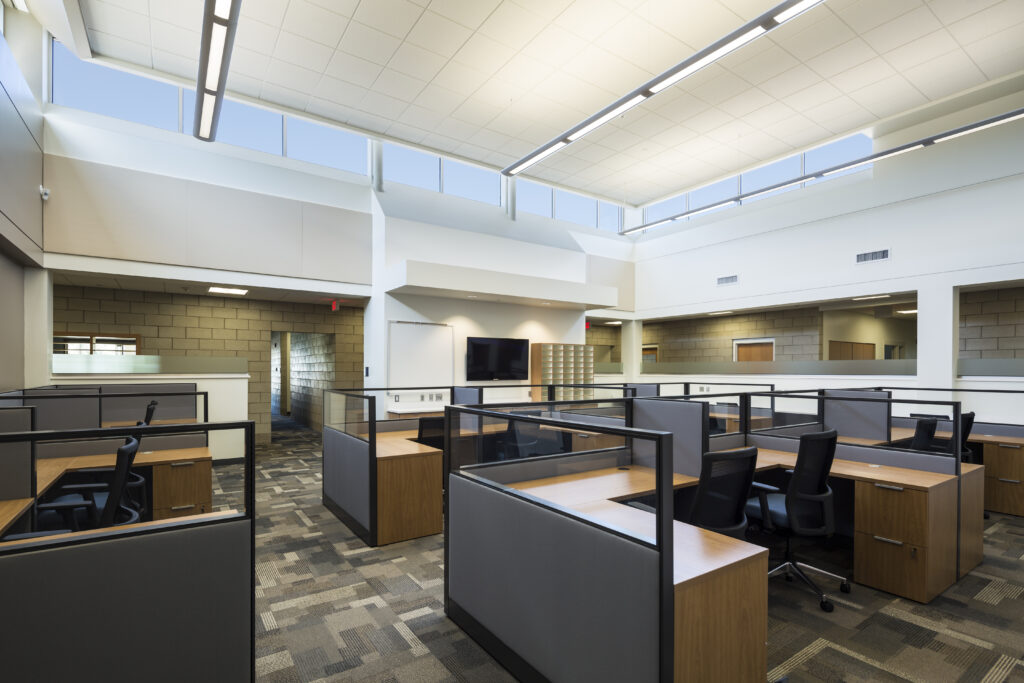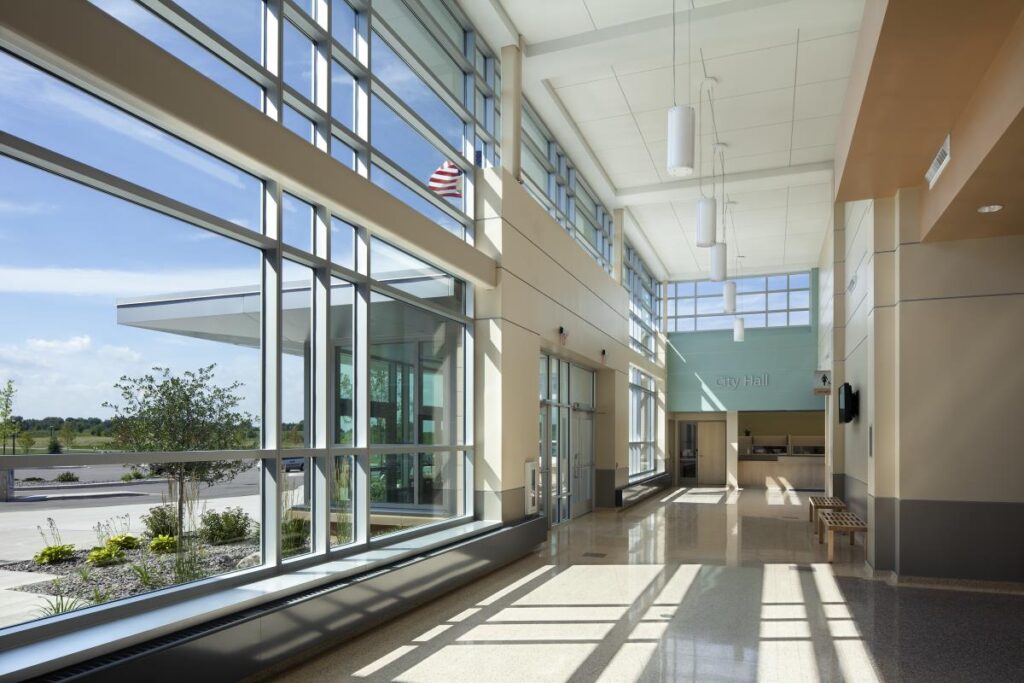MANAGING CONTAGIONS (COVID, CANCER, OTHERS) IN FACILITIES
Covid 19 has wrought a great many changes in our society; some that will follow the disease into the history books as it fades, others that will be with us far longer. One that will likely remain is the new found emphasis on avoiding exposure to, and spread of, potential contaminants, especially in industries like the Fire/Rescue Service that requires staff to work in close quarters with colleagues, as well as, regular contact with potentially ill people in the regular pursuit of their duties.
Facility Design can do little to help avoid contacts in the field, but we have made great strides in recent years in designing mitigation strategies into newer stations. Granted, those design strategies were originally conceived to deal with a differ form of contaminants, carcinogens, but those same mitigation strategies are equally applicable to most other contaminants as well. There is no reason that these contagion mitigation strategies should not be implemented into existing stations as well.
I recently visited a station that has converted a wash bay into a temporary decon station with extractors, wash stations, and storage for equipment, cleaning supplies, and changes of clothes…essentially, they have created a temporary version of the decon process that is considered best practice in new facilities as a cancer mitigation strategy. I can’t help wondering how temporary these adaptations will be as these temporary measure become common practice within the department.
I recently authored a series of articles for Firehouse Magazine on implementing Hot Zone Design Strategies into existing facilities. The those articles can be found here..
https://firehouse.com/21147849
https://firehouse.com/21151614
CANCER PREVENTION DESIGN STRATEGIES
Line of Duty Deaths in the Fire Service due to cancer has been at the front of designers minds for the past decade or more. Modern building materials contain very little in the way of natural materials today and instead are constructed with a noxious mixture of chemicals; chemicals that are broken down and lifted into the air by the heat of a fire. A growing body of evidence is being amassed linking this to unnatural levels of cancer in fire fighters.

A well designed fire station will create an environment that limits the spread of these chemicals and compounds through practical and efficient work-flows that encourage and support best practices in limiting exposure to carcinogens.
Contact us to hear more about this important design consideration.
SUICIDE PREVENTION THROUGH OPEN AND SUSTAINABLE DESIGN STRATEGIES
Everyone should feel safe in their own homes…Police and Firefighters are no different.
Public Safety Service is inherently risky, challenging and stressful work. In 2017 more firefighters and police officers took their own lives than died in all other forms of LLOD combined, much of this attributed to PTSD and Depression.

Let us show you how open plan concepts combined with appropriately placed and screened day-lighting options can provide a stress reducing atmosphere, encourage interpersonal as well as professional interactions, and increase the situational awareness of supervisory staff.
Contact us to hear more about this trending subject.
Transparent Government Versus a Safe and Secure Work Place
Democracy is government for the people and by the people, and it cannot function if people do not have access to it. In our ever more fractious society however, we find ourselves needing to build barriers between those government functions and the populace they are meant to serve.

Let us show you how to maintain a transparent yet safe governmental presence through a few core practices.
- Implementing layered security strategies
- Use of appropriate materials
- Crime Prevention Through Environmental Design (CPTED) concepts
- Application of Department of Defense Guidelines
Contact us to hear more about how to present an open and transparent image while remaining safe and secure.